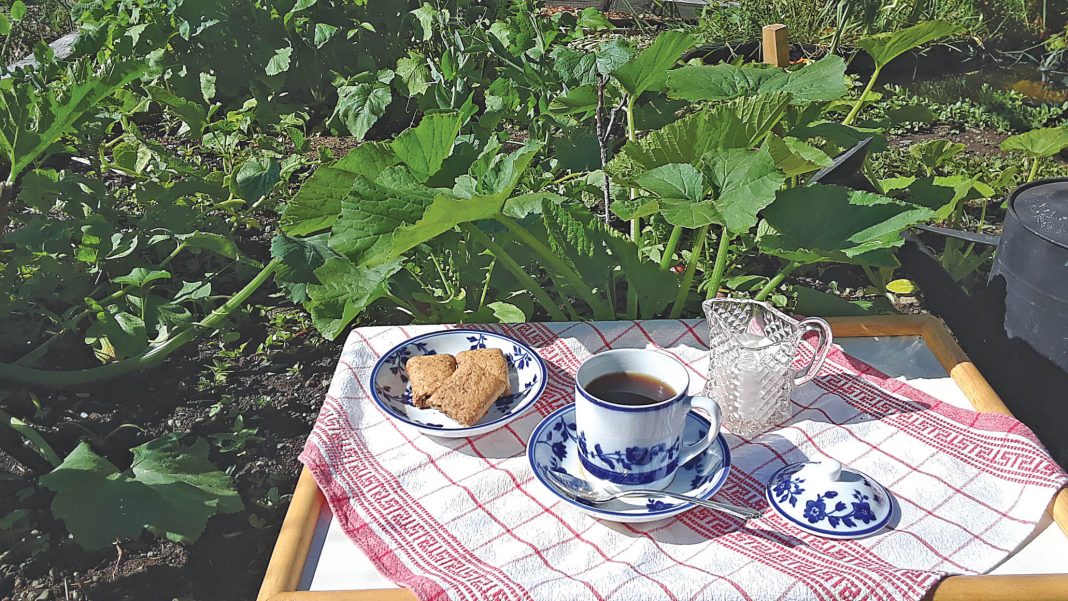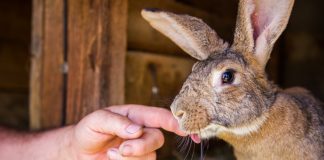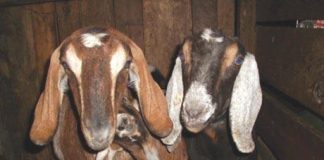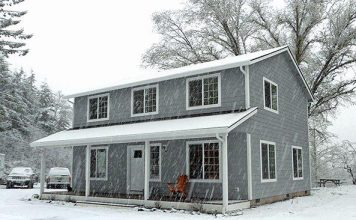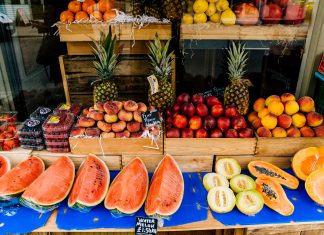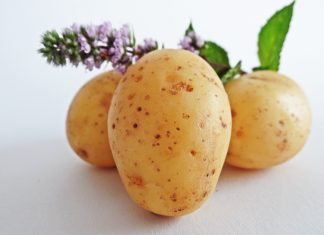By Lisa Nourse
We have poor soil and do our best to amend it with compost and manure every year. However, we feel our plants still need a boost throughout the growing season. We like to garden organically and came up with a recipe for a fertilizing tea that works like a charm for our plants.
Rich in nutrients, well-balanced, and organic, this recipe is the perfect supplement for our plants and can be added at any time during the growing season. As most garden tea recipes do, ours requires aeration in order to provide the oxygen that good microbes need to reproduce. Once this tea is added to the soil, it fertilizes the plants and makes them super healthy. A healthy plant is better able to resist pests and diseases.
We could make a compost tea using our own compost, but it is easier to work compost directly into the soil rather than going to the trouble of making a tea with it. Instead we purchase a few organic products to make this tea.
Here is a list of the ingredients we use to make garden tea:
- Mendocino Honey $16.99
- Neptune’s Harvest fish and seaweed fertilizer (2-3-1) $12.99
- Bio Fish fertilizer (7-7-2) $24.99
- Grean Bicycles Happy Endings tea mix (1-5-2) $16.99
- Unsulphured molasses $3.99 per jar
- Earthworm castings $18.99 per cubic foot
- Water
We purchase all of the ingredients online (with the exception of the molasses), but you can find most of these ingredients at any good garden store or nursery as well. The prices seem high, but our gardens total about a quarter of an acre and these ingredients will last us all of one season and most of the next. We feed our plants approximately every two to three weeks with this tea. When using the tea we soak the soil around the plant just as if we were watering it — enough to get down through the root system, but not make the soil too soggy.
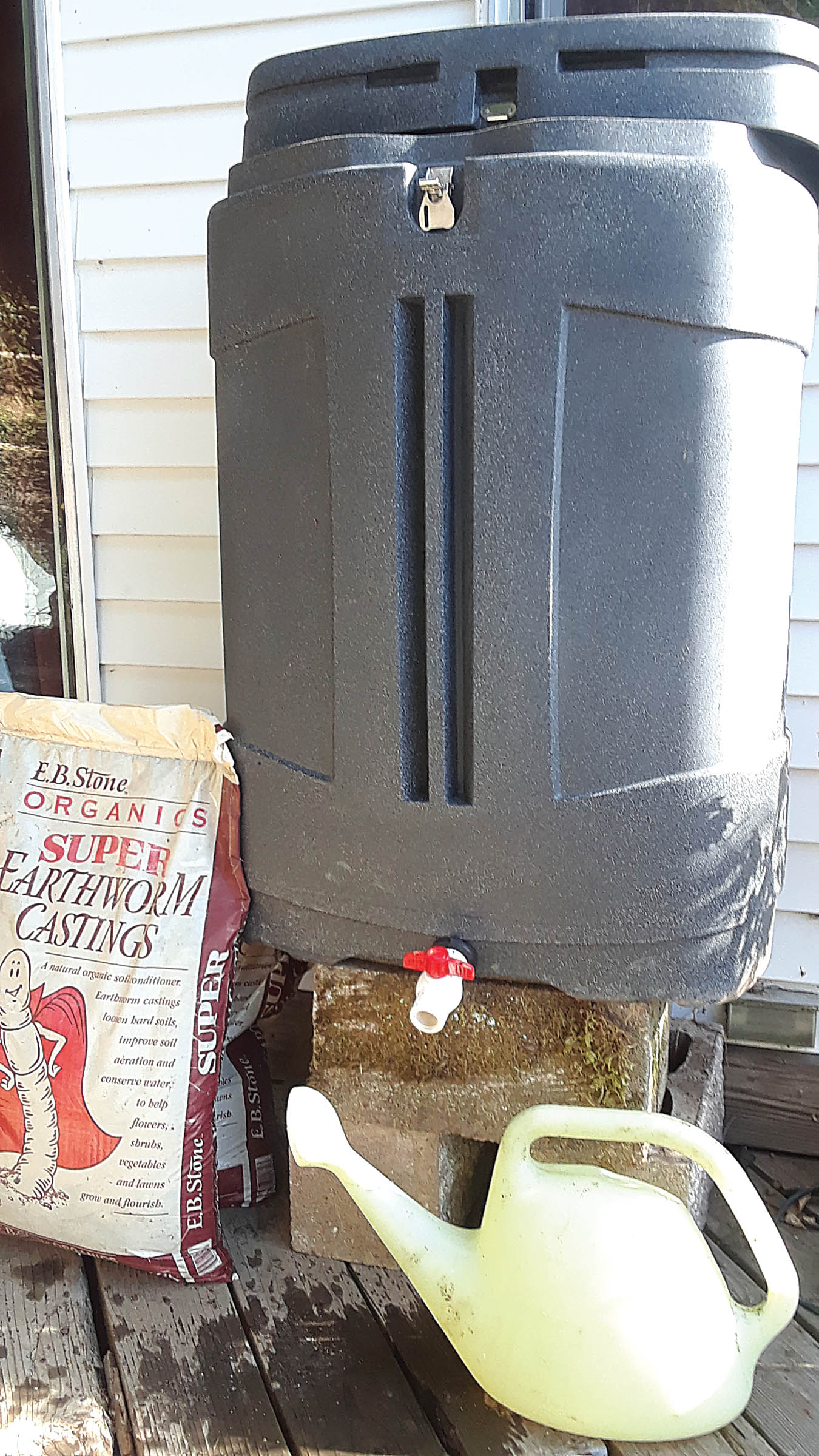
Our tea tank is set up on cinder blocks so we can fit a bucket under the valve. (Yes, it does look pretty precarious, but has not tipped over yet and seems to be sturdy. This will be fixed as soon as we round up a couple more cinder blocks.)
Building the tea tank
Garden tea can be made in any container of a decent size that holds water. This recipe could even be cut down to fit in a 5-gallon bucket.
My son acquired our container from his place of work, designed the tank, and put everything together for us.
Other items purchased to make the tea tank:
- 1¼” to ¾” bung for tank $11.99
- ¾-inch shut-off valve $5.99
- Airline tubing (the type that is used in fish tanks) for pump $7.99
- 2 extra large air stones (the type that go in fish tanks) $12.99 each
- Dual air outlet pump $24.99
Using a hole saw, a hole was cut in the bottom of the container to fit the bung and shut-off valve.
Two holes were drilled in the lid of the container to hold the airline tubing. If you don’t have a lid on your container you can just lay the hoses over the side of the tank or bucket.
Our container sits outside the window of an outbuilding on our property. We placed the pump on the windowsill and made a hole in the screen just big enough to run the airline tubing out the window and into the tank. (We do not make garden tea during the winter months and keeping the window open during the growing season is not a problem for us.)
The airline tubing was connected to the pump, run through the holes in the top of the tank, then the air stones were added to the airline tubing.
We placed our tea tank up on cinder blocks so we can fit a bucket under the shut-off valve.
Making the tea
Below is the recipe we use to make our garden tea.
- 2 Tbsp. Mendocino Honey
- 2 Tbsp. Neptune’s Harvest fish and seaweed fertilizer (2-3-1)
- 3 heaping Tbsp. Bio Fish fertilizer (7-7-2)
- 3 heaping Tbsp. Grean Bicycles Happy Endings tea mix (1-5-2)
- 1½ cups unsulphured molasses
- 10-12 cups earthworm castings
- 35 gallons water
We use water from a creek that runs through our property to make the tea. Water from a municipal water source could be used, but the water should be aerated for several hours to make sure all of the chlorine has dissipated. However, some tap water is now treated with chloramine (chlorine bonded with ammonia), which is more stable in water and typically is not removed by aerating. In this case it is best to get a filter that will remove the chloramine. To find out how your tap water is treated simply call your local water supply company and ask them. The chlorine or chloramine will kill microbes that are introduced into the water with the ingredients you use.
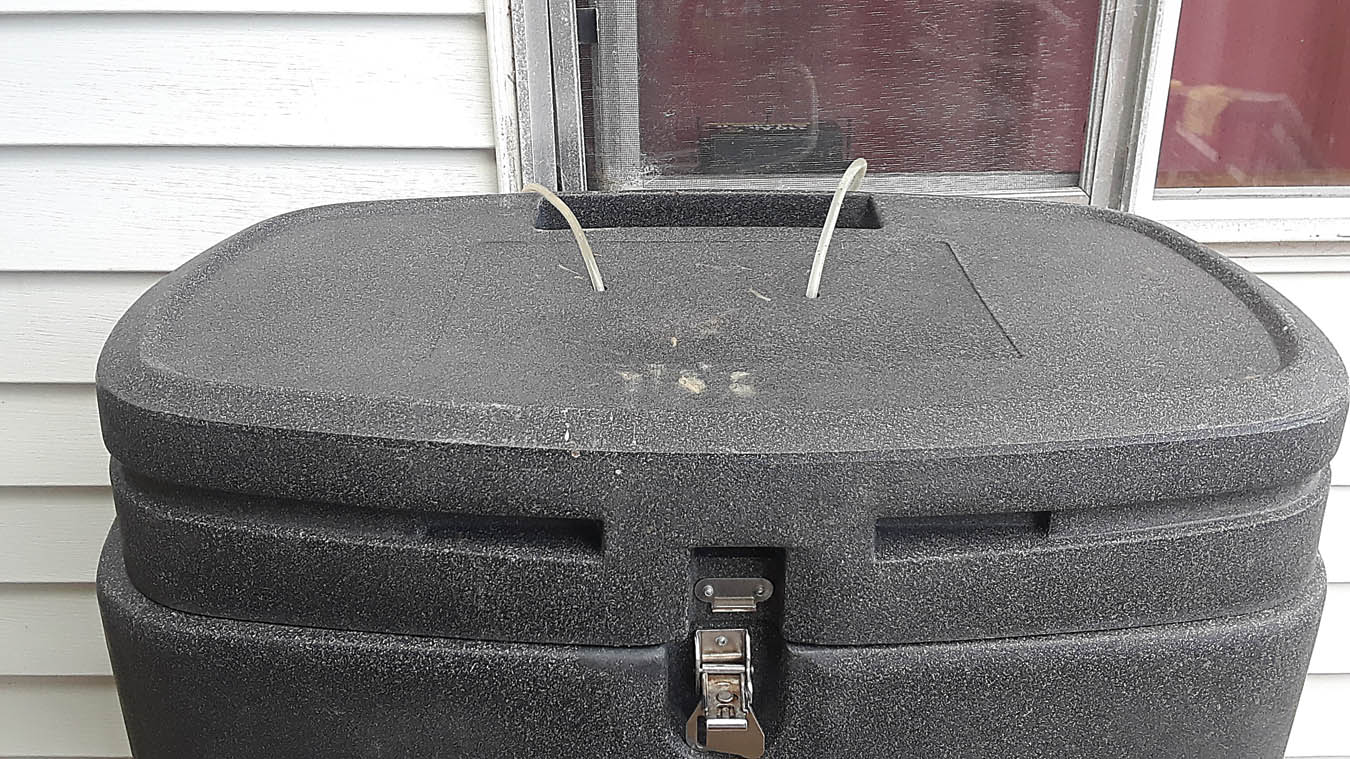
We placed the pump on a windowsill in the studio to keep it dry. A small hole was made in the screen for the airline tubing to go through. If using an outside outlet, be sure to make a box or use something to cover your pump to keep it dry.
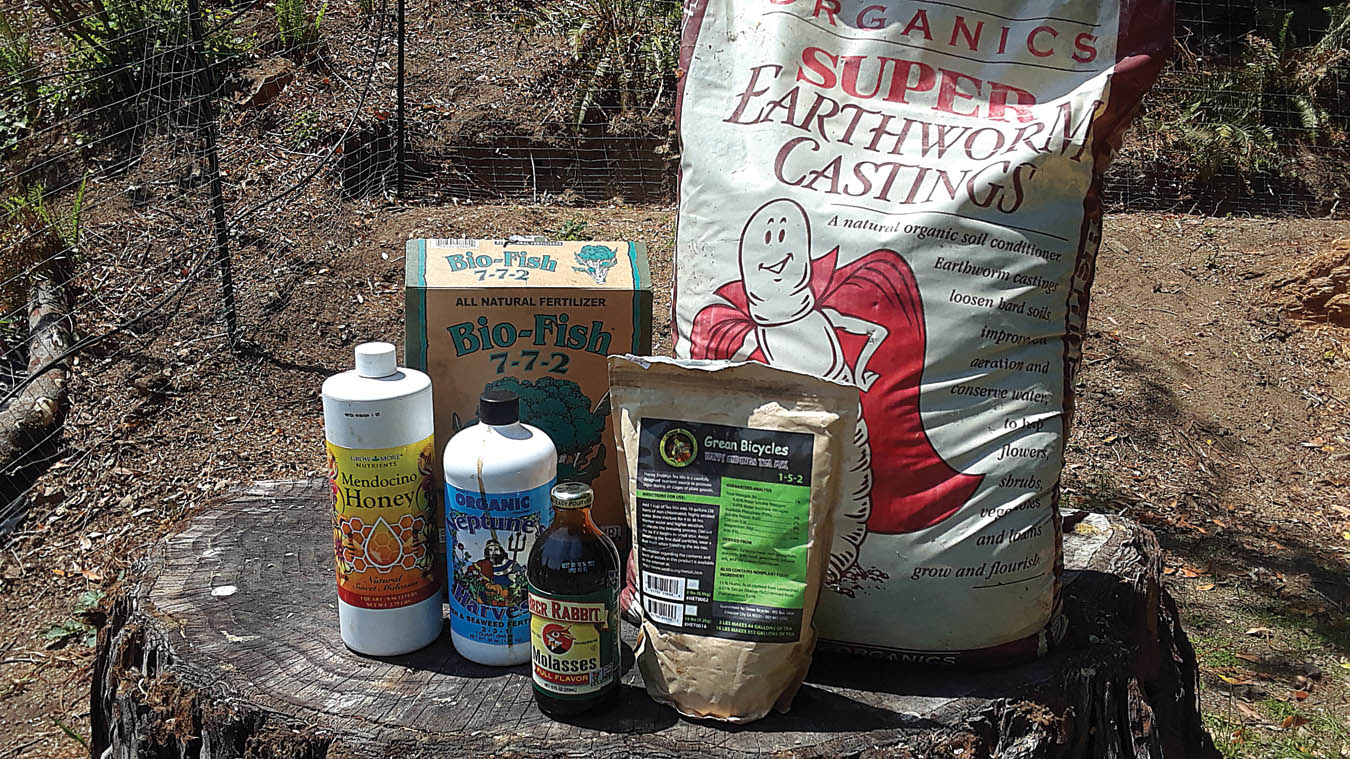
Ingredients used to make garden tea
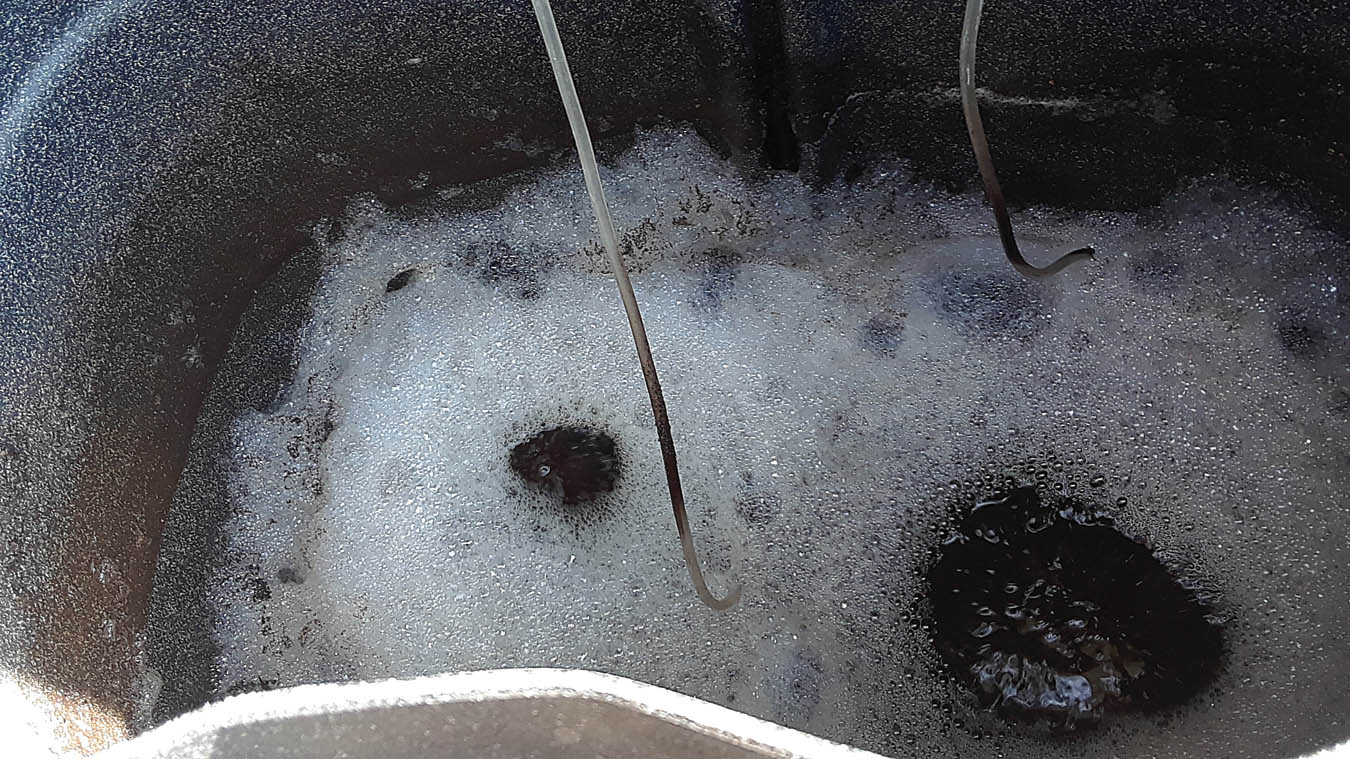
Foam on the top of the tea is a good thing.
We fill the tank about three quarters full with water then add the other ingredients. After all ingredients are added, everything is given a good stir before turning on the pump and placing the air stones. The air stones are spaced on the bottom of the tank so that the mixture bubbles evenly.
We let the mixture brew for 24-72 hours. When the good microbes are active and multiplying there will be a good amount of foam on the top of the tea.
This tea needs to be used right away after 72 hours of brewing. If you let the tea go longer than 72 hours, add more molasses or the good organisms will start to die off. You will know if the organisms are dying off because the tea will begin to stink rather than having a sweet earthy smell.
If your tea smells bad, you can give it a good stir with a stick, add more molasses, and also try adding another air stone. If that doesn’t solve the problem it is better to pour it out rather than using it on your plants. Once the tea becomes anaerobic (which happens with not enough oxygen or not enough food for the organisms) it can contain alcohol which will damage or kill your plants.
To use the tea, give it a good stir then open the valve and let it flow into a bucket. If solids start to settle out as you’re watering, just give the bucket a quick stir with a stick.
Once you are finished watering with the tea, any solids left over in the large container can be added to the compost pile or mixed into the soil of the garden.
This tea can also be used as a foliar spray. When sprayed on the leaves of plants, the tea helps suppress diseases and increases the amount of nutrients available to the plant. In order to use it on foliage the tea must be strained.
To strain the tea you can use an old pillowcase pulled over a 5-gallon bucket. Open the valve on your tank so that the tea flows over the pillowcase. You may have to scrape any solids to the side so that the tea flows continuously into the bucket.
Once everything is filtered you can pour the tea water into your sprayer and spray away!


